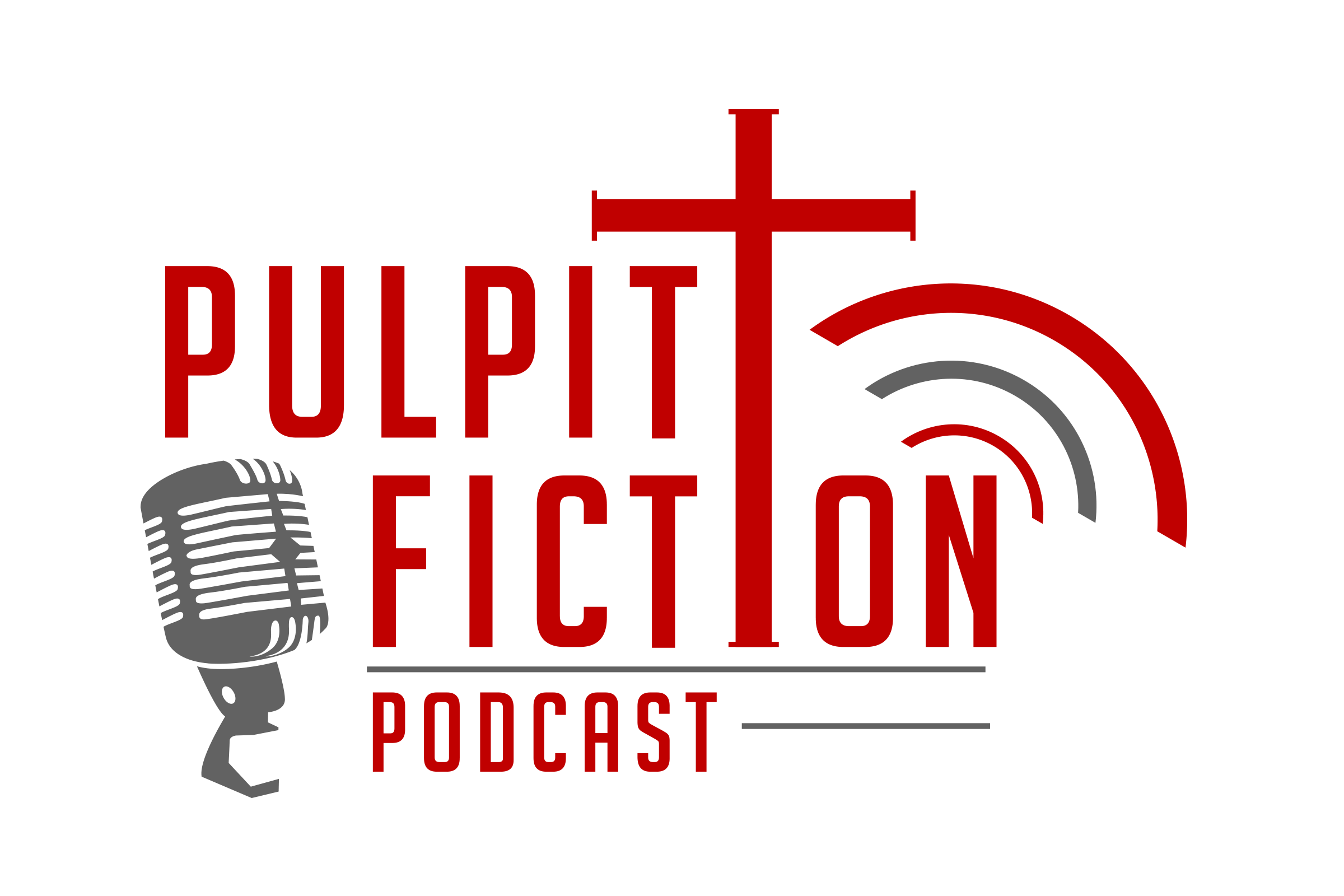Christmas Eve
13: December 24, 2019
Luke 2:1-20
“The time came to give birth.” “And she gave birth.” Skips right over the labor. And that’s allowed many of us to kind of forget about the fact that Mary was in labor at all and what that would’ve entailed.
When Robb and I met, I was directing a global maternal health project, and I started reading this passage a lot differently. I thought about it through the lens of maternal health--and how vulnerable Mary was in this late pregnancy journey, and how difficult labor must have been, given their distance from home, from what is comfortable, from what is known.
I talk about this some in my upcoming book Women Rise Up--how I think it’s easy, particularly with the depictions we have of the nativity in art, to forget about the messiness of birth that brought Jesus into the world. Consider the pictures of Mary we often see.
She’s so pensive and serene-looking. Not a stray hair in sight. No milk stains on her dress. No sign of a woman who has just given birth.
No sign that she’s a girl.
Rachel Marie Stone’s book Birthing Hope: Giving Fear to the Light. “A girl was in labor with God.”
“A girl”--Mary was young.
“In labor”--the birth was a physical event--one with sweat, tears, and blood
“With God”--God was both with and within Mary. Sharing the vulnerable dance of birth and being born.
And so, I’ve often said that in my view, the Christmas miracle is two-fold: that God was born, and that Mary lived through the experience. She was a high-risk pregnancy, and things could have gone poorly--just as they did for Rachel back in Jesus. And as they continue to do for so many women around the world today.
So, when we celebrate the hope of Christmas, we’re celebrating the idea that every birth ends like this--that every woman can beat the odds, and that the odds themselves are better for everyone, no matter their circumstances.
And that birth is to be celebrated--in all its messiness and humanness.
“Jesus not born in a stable” by Ian Paul
“Manger”
Medieval artists put the ox and the ass in the paintings, partly because of Isaiah 1:3 “The ox knows its master, the donkey its owner’s manger, but Israel does not know, my people do not understand.”
Manger is where animals eat, but not necessarily a separate building.
“No room in the inn”
The inn is translated from kataluma.
Palestinian houses were (and many still are) one room spaces with two sections.
The kataluma is the same word used when describing the Upper Room where the disciples gathered for the Passover.
The kataluma is not a separate place for travelers to rest, but a guest area within a home.
“No room in the kataluma” implies that there was already family there, so they stayed in the main part of the home, where the animals are brought in at night. The indentation with hay was a soft, logical place to put a child.
“What, then, does it mean for the kataluma to have ‘no space’? It means that many, like Joseph and Mary, have traveled to Bethlehem, and the family guest room is already full, probably with other relatives who arrived earlier. So Joseph and Mary must stay with the family itself, in the main room of the house, and there Mary gives birth. The most natural place to lay the baby is in the straw-filled depressions at the lower end of the house where the animals are fed. The idea that they were in a stable, away from others, alone and outcast, is grammatically and culturally implausible. In fact, it is hard to be alone at all in such contexts.”
So what?
If Jesus was born among family, in the inner sanctum of a home and awash with radical hospitality, doesn’t this actually make the story better?
Jesus’ birth story is not about rejection and isolation, which eventually leads to the cross. Jesus’ birth story is about overflowing hospitality, where accommodations are made for travelers. Jesus was born in a very ordinary way, with peasants in a simple home. This is the story of Incarnation - that God is with Us, not just the Caesars of the world.
Parallel to John
Joyful birth- naming – circumcision
World Changing- what is happening in Bethlehem will affect everyone from shepherds to angels to emperors
Census – no historical record of this census (even if there were a census women would not have need to be present in person) – reason to get the Holy Family to Bethlehem
Different from Matthew – they settle in Bethlehem after returning from Egypt
Sets up the juxtaposition of Jesus against empire - taxation was the tool of oppression, exacerbated by the demand that a 9 month pregnant woman would be forced to travel a long distance in order to be taxed
“City of David” - the only place in scripture where this refers to Bethlehem
Detail Notes (from Born Divine: The Births of Jesus and the Other Sons of God by Robert J. Miller)
Bands of Cloth - “they swaddled him”
Manger - “does not signify poverty, but the haphazard circumstances of the time and place of the birth”
also alludes to Isaiah 1:3 - “An ox knows its owner, and a donkey its master's feeding trough. But Israel doesn't know; my people don't behave intelligently.”
Shepherds - connects Jesus to David (1 Samuel 16:1-13)
While shepherds were among the lowly in society - these shepherds apparently own their sheep which distinguished them as not being the poorest or outcast
Angel’s announcement
Very similar to the public proclamations of praise for the emperor. Ex: in Priene the annual declaration on Emperor Augustus’ birthday ended with, “The birthday of the god marked the beginning of the good news for the world.”
Juxtaposition of Jesus and Augustus
Bringer of peace for ending civil wars – Pax Romana (altar of the peace of Augustus in 10 BCE)
Savior of the World – How Augustus was known in Asia Minor, declared a god in 42 BCE and his birthday was celebrated as New Year’s Day
Jesus is referred to as Savior only twice in the Gospels (Luke 2:11; John 4:42) and once by Paul (Philippians 3:20)
Currency depicting Augustus’ image hails him as the “Son of God”
Luke – Jesus the true “Savior of the World” is born amidst the demonstration of Roman “power” and domination
Zooming in to the most unlikely place from the most likely Augustus in Rome to Joseph in Bethlehem
Shepherds and Angels
God meets people- not in the temple, but in the fields and farms
Continues the juxtaposition of Jesus and Augustus
Looking ahead to next week - Luke 2 Temple is still important – as is ritual (presentation, circumcision, teaching and learning in the temple)
Thanks to our Psalms correspondent, Richard Bruxvoort Colligan (psalmimmersion.com,@pomopsalmist). Thank you to Scott Fletcher for our voice bumpers, Dick Dale and the Del Tones for our Theme music (“Misirlou”), Nicolai Heidlas (“Sunday Morning”,"Real Ride"and“Summertime”) and Bryan Odeen for our closing music.


